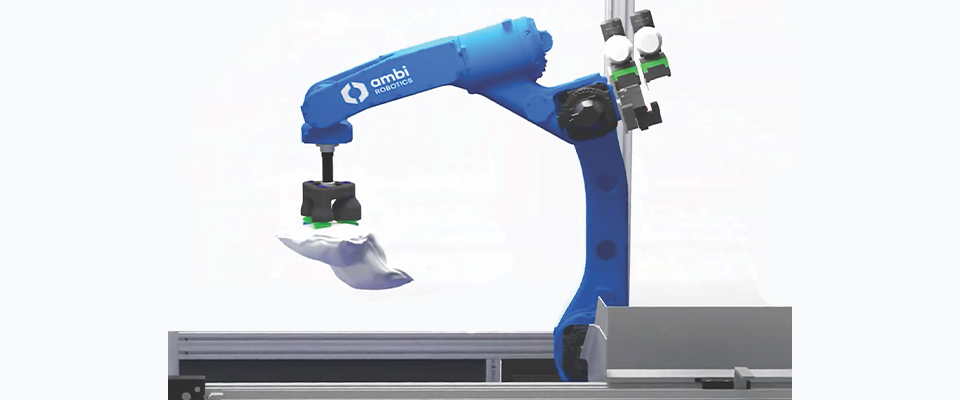People tend to be wary of replacing humans with robots—but what if robots could be deployed as mechanical helpers in the fight against Ebola?
The disease, which is an epidemic in West Africa and has made isolated appearances in a few other countries including the United States, is hard to catch but often deadly. Because it is spread by contact with an infected patient’s bodily fluids, health care workers and burial workers are particularly at risk.
Experts wonder if robots may be able to perform a variety of functions, from detecting contaminated surfaces to handling infectious bio-waste. Mortuary robots could even transport the bodies of those killed by the disease, given that Ebola is at its most virulent around the time of death.
So on Nov. 7, UC Berkeley will be one of four locations nationwide hosting a “virtual conference” to explore the potential of robotics in treating and preventing the spread of Ebola treatment and prevention in West Africa. The webcast event will be co-hosted by the White House Office of Science and Technology Policy, Texas A&M University and the Worcester Polytechnic Institute in Massachusetts. It will bring together medical professionals, humanitarian aid workers, robotics scientists, and companies that build robots.
“The point of the meeting is to first discuss how technology can be of use near-term, the next few months,” says Ken Goldberg, professor of Industrial Engineering and Operations Research at UC Berkeley. “Long-term what will be discussed is how research can help, how we can begin to understand the needs of medical professionals. But you have to understand that robotics is not a panacea.”
Robotics experts are wary of hyping the potential, recalling their experience after the nuclear reactor meltdown in Japan. “Fukushima certainly accelerated interest in robotics for aid like nuclear clean-up,” Goldberg recalls. “But we don’t want to raise any expectations here. We have to be cautious.
As was the case in Fukushima, the Ebola crisis in Africa has revealed a significant gap between robot capabilities and what is needed in the realm of disaster relief and humanitarian assistance,” Gill A. Pratt told The New York Times. Pratt is a program manager at the federal Defense Advanced Research Projects Agency. “We have a moral obligation to try and select, adapt and apply available technology where it can help, but we must also appreciate the difficulty of the problem.”
If robotics in medical care is still in its germinal stages, what’s the point of holding the Nov. 7 conference?
“The workshop is for us to shut up and listen to them,” Robin Murphy, computer science professor at Texas A&M and director of the Center for Robot-Assisted Aid and Rescue, told Computerworld. “They’ll talk about what they need and then we can talk about what we can offer… What can we do in the next few months and then what do we need to do in the longer term? What should we have five years from now?”
In a blog post, Murphy outlined nine ways robotics could be used in humanitarian aid, namely in disease control. These include reducing the number of health professionals within the biosafety labs and field hospitals, handling workers’ hazard suits, reconnaissance over infected buildings, and telepresence robots so that experts could remotely advise local workers on medical treatments, train workers to catch accidental self-contamination, and serve as “rolling interpreters” for different languages and dialects.
At Worcester Polytechnic Institute, robotics professor Taskin Padir has been working on re-purposing existing robots to create a prototype of a small sprayer bot that could roll in and spray a bleach solution on contaminated floors and other surfaces.
Remote sensors also offer promise, as Thomas Budinger, chair of UC Berkeley’s Department of Bioengineering at UC Berkeley, explains: “Whereas Ebola virus does not have a living vector (except bats) for transmission—such as fleas for plague, mosquitoes for yellow fever, water for cholera—it can be carried by droplets of secretions released into the air around a patient. The survival time for the virus in the dried condition is not known, but it must be assumed to be dangerous while carried by water droplets.” Thus, he says, it would make sense to use roving robots to carry such samples to a lab.
“The robot could be a drone of course.”
Potentially, there are myriad potential uses for robots in medicine—limited in concept by altruism, imagination and maybe grant money. But like Google’s driverless cars and Amazon’s drone delivery service, robotics in medical care remains an incrementally advancing process.
There are technical complications, such as whether field hospitals can make use of heavy robots in the muds of the rainy season and whether anyone in remote locations would be able to repair robot components. And even if robotics designers refine the technical aspects, there are still certain to be cultural barriers to acceptance. In parts of West Africa, for example, ritualized family burial is seen as sacred and a multi-day process.
Nor will robot ever fully replace human care.
“What is being stressed leading up to the workshops is that robots are not (to) act as full replacements for human aid workers,” wrote Beau Bondoc, research assistant at the robot center at Texas A&M. The goal is to minimize workers’ contact, but for every piece of technology put to use, there should still be a human to interact with.”




















